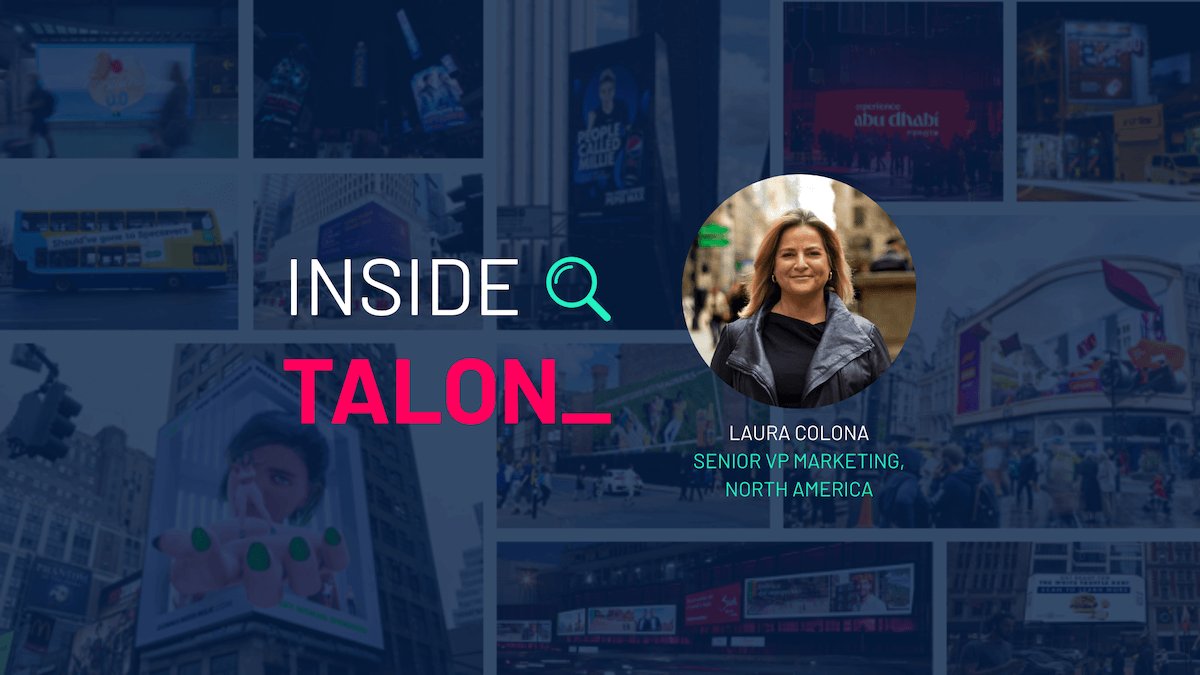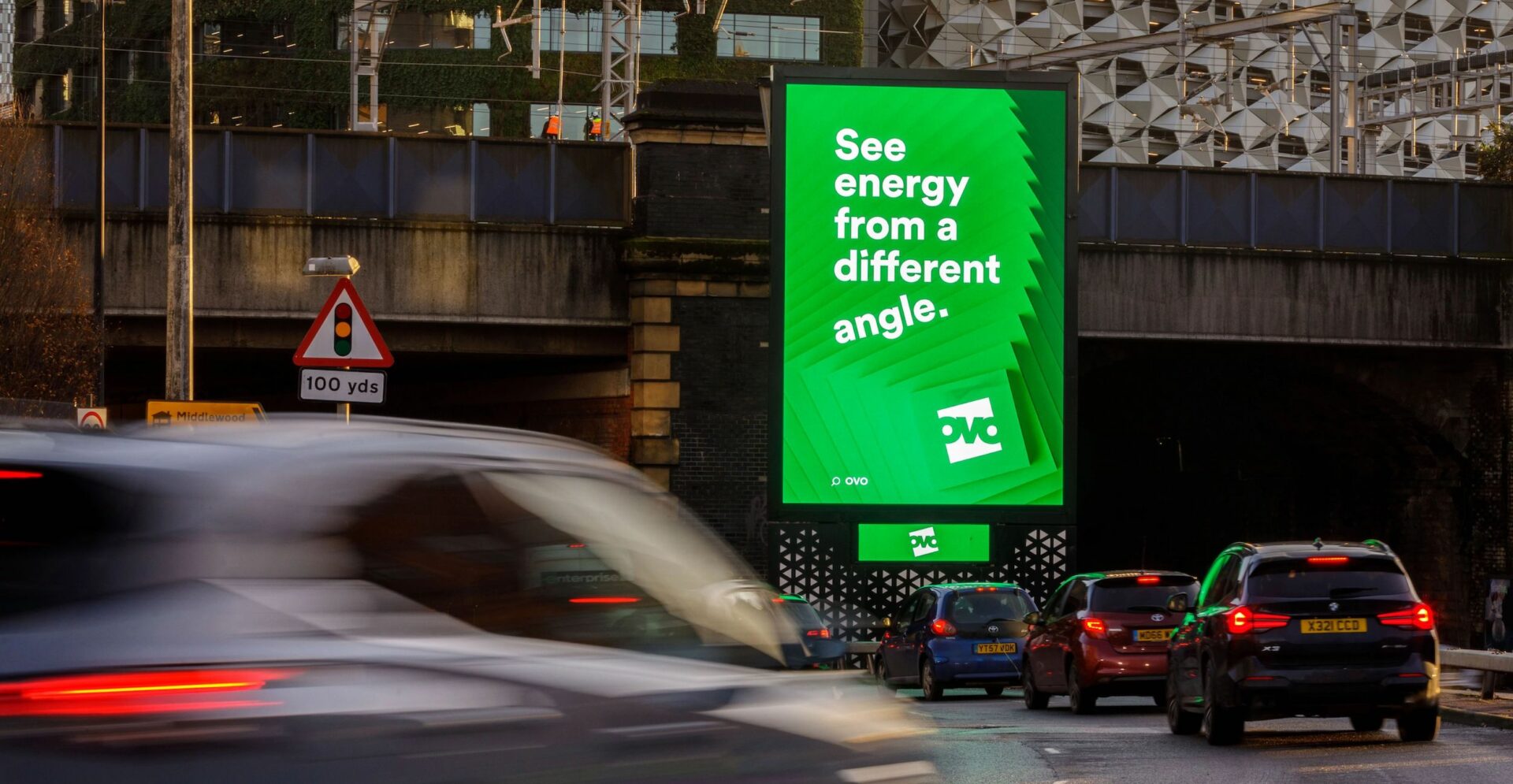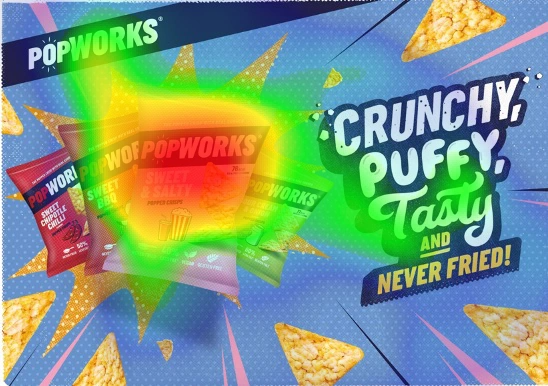Route – Misfiring Ferrari or Big Data Solution?
Route is a great Outdoor planning tool, but doesn’t go far enough in 2013 to understand people on the move and their true behaviours
Over six months into Route, Outdoor’s new measurement research, the industry is still getting to grips with all the data and applications of our revolutionary offering. In fact, we’re still waiting for some of the long – promised significant additions, including rail data (ironically delayed for most of this year, but now imminent), mall and other retail environments (promised and eagerly anticipated) plus airport and taxis (realistically, some way off). The industry reaction has been a combination of hard-working application, genuine disappointment and ambivalence.
The data is on one hand revolutionary, but another over-complex and (importantly, in the context of long hot summers and unprecedented technology change) undynamic. A long way perhaps from what was described as our new Ferrari at the launch in February.
At Talon, we have met the challenge of using the data as an integral component of our planning. And we’re beginning to see results. We’re delivering clearly defined efficiencies, learning how formats work together (more data though, please) and challenging the convention of some clients who have always used set weights, formats and creative to reach audiences. We’ve certainly improved the specialist offer and more confidently addressed the complexities of communications planning in our approach.
We’re excited by planning data that reflects real behaviour and Route’s ability to calculate cross-format campaign coverage & frequency whilst optimising audience, format and geography to deliver real value and net campaign impacts that take account of panel position, visibility and a realistic OTS.
Route has given Outdoor – now a 10% medium – a timely kick up the ass at a time when technology, investment, scalability, content and flexibility are all driving real change. We have tradable knowledge in how a fifth of our time is spent on the move (much more for younger urban, connected audiences) and how our poster and screen sightings (considerable at 170 per week but with huge regional and demographic variation) translate into coverage, frequency and impacts.
But it’s far from the whole solution for Outdoor, regarding improved strategic planning, innovation and driving ROI. The world has changed and the media landscape demands interface with data and analytics derived from real, dynamic behaviours and those technology-led insights that bring better planning by true measures of behaviour and location.
To use the data in isolation is to neglect the changing consumer and media landscape in which Route has landed. We’ve already seen analytical references to audiences that fundamentally fail to consider the value of context and relevance, against pure numbers. Big data in the wrong hands, perhaps? Crucially, we must seek to apply digital OOH’s flexibility from a communications – not a purely a metrics-led – perspective.
The absence of seasonality in Route’s planning outputs is a huge omission and whilst illumination factors are part of the visibility impacts produced, audience behaviours – think the lead up to Christmas, a long hot summer, a World Cup, Olympics or Commonwealth Games – are predicated on events, not to mention the media demand that creates its own price dynamics based on old-fashioned economics.
Route still uses a rolling sample combining a timeframe where the economy boomed, busted and boomed again, a nation mobilised for the Olympic Games and embraced unprecedented technology change. These have fundamentally affected our behaviours and the effectiveness of campaigns in the ever-changing and genuinely dynamic Outdoor medium. Fine for coverage & frequency estimates; less useful for planning real audience engagement and interaction. Access to raw data takes the industry part of the way, but it is more interesting to combine other data sources and look at a fuller, more robust and more relevant picture.
But using Route we are and enabling change. The research brings important benefits to our processes, including cross-format planning, multiple audience data and hyper-local geographical analysis, not to mention vast data records. Outmoded analytical models based on footfall have been replaced by multi-dimensional audience-led impacts.
We are now rolling out case studies from the intricate planning analysis we have undertaken in our own first six months of operation, utilising audience profiling and a Frame Grading (“perfect panels”) approach to optimise against the natural delivery of an audience or proximity metrics, that incorporate orientation, competitor locations, site type and client factors.
Aligned to this are the thousands of data analyses that have created norms and benchmarks to understand how the medium is working with different audiences, locations and strategies. A truly complex process that has brought us conclusions that not every client campaign can be treated in the same way.
We are embracing a new trading language and collaborating on this with media owner and agency partners, seeking to maximise the value we extract from formats, question legacy pricing models and even the very nature of the two-week campaign timelength. The process is ongoing of course and new formats, campaigns and analyses will bring new insights.
Route has certainly helped redefine the way we look at the Outdoor medium. Greater efficiencies certainly, better accountability and even helping us embrace a new language for Outdoor. As digital OOH takes us into an unchartered landscape – as it will – and we redefine the true meaning of campaign flexibility around timing, location and content, Route will help drive even greater accountability and campaign optimistaion.
Embracing more dynamic mobile and mindset insights and combining these outputs with geo-location and geo-demographic sources, gives us the best of all worlds and places Route as a valuable adjunct to smart, strategic and insight-led planning that truly integrates OOH in the context of all communication and branding.
Conclusion
At Talon, we see this as measuring planning outcomes. But the interesting ground will be covered through strategic insights around people’s dynamic behaviour, on the move, around events and interacting with technology. Our partners are helping us understand a different set of consumer data, analytics and behaviours, rooted in mobile data and this is where we feel we can truly make a difference to Outdoor from 2014.



